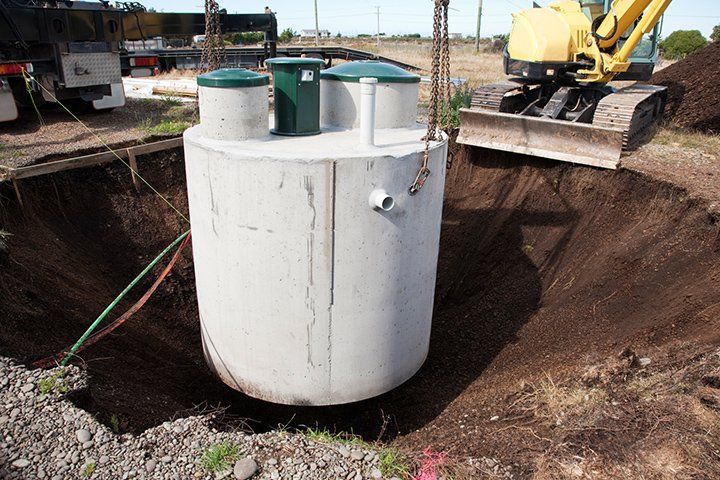3 Parts of Your Septic System

If you have recently purchased a home with a septic system, you may have lots of questions about how to maintain and repair the system. However, before you can fully care for your system, you need to understand three major parts of any septic system. If you would like to learn more, keep reading to find out how your system works.
1. Septic Tank
If you use the city sewage system, once you flush or drain the sink, the water and muck is gone, but with a septic system, it travels into a septic tank under the ground on your property. In the tank, bacteria do the job of processing your waste by eating the organic materials inside the tank. Anything they can't consume (inorganic substances) and their waste settle at the bottom of the tank, while grease and fats float to the surface.
You will need to occasionally empty the tank as the debris at the bottom of the tank builds. How often this should occur depends on the size of the tank and how much waste your family produces. Failure to empty the tank will lead to an overflow, allowing smelly, hazardous waste to seep to the surface of your yard.
You can do a few things to take better care of your tank, but one of the most important tips is to avoid flushing things that bacteria can't break down or take a long time to break down. Similarly, if household chemicals get into the tank, they can actually kill the bacteria you need for the system to work efficiently and effectively.
2. Drainfield
Septic tanks also have a lot of liquid waste or effluent, which needs expelling. Of course, this waste is still contaminated, so the system can't just dump it all at once into your soil without causing hazardous flooding that can easily spread disease and illness. Instead, after filtration to prevent sludge from passing, the effluent goes the drainfield.
The drainfield is a large series of pipes with small holes. These holes allow the wastewater to drain slowly so the soil can better absorb it.
Like the septic tank, the drainfield is underground, so be mindful of where you install it. Parking or driving on the ground above the drainfield can break the pipes. Similarly, don't plant trees too close to the drainfield. The roots may actively seek out the water and cause major damage to the system.
3. Soil
Even the soil under your drainfield plays a vital role in disposing of your household waste safety. Again, the effluent is not clean, and even after you expel it from the drainfield, it contains contaminants, which can affect groundwater. Luckily, soil prevents the water from your drainfield from immediately reaching groundwater.
Soil works as a filter to clean effluent before it can contaminate groundwater. It does this in several ways. First, the small pores the water travels through catch many larger contaminants. It only takes about a foot of soilto make the wastewater clear.
While this happens, microbes that lie on the soil also eat anything they can from the effluent, including organic matter and nutrients. Last, many contaminants are simply attracted to the soil particles, so they stay behind as the effluent passes. Getting rid of bacteria and viruses may take two to four feet of unsaturated soil to properly clean.
Septic systems are a common method for removing waste from the home. They require a little more care and attention than city-based systems, but with good care, they work well to safety remove waste. For more information about septic tanks, contact usat JT Sanitation today.



